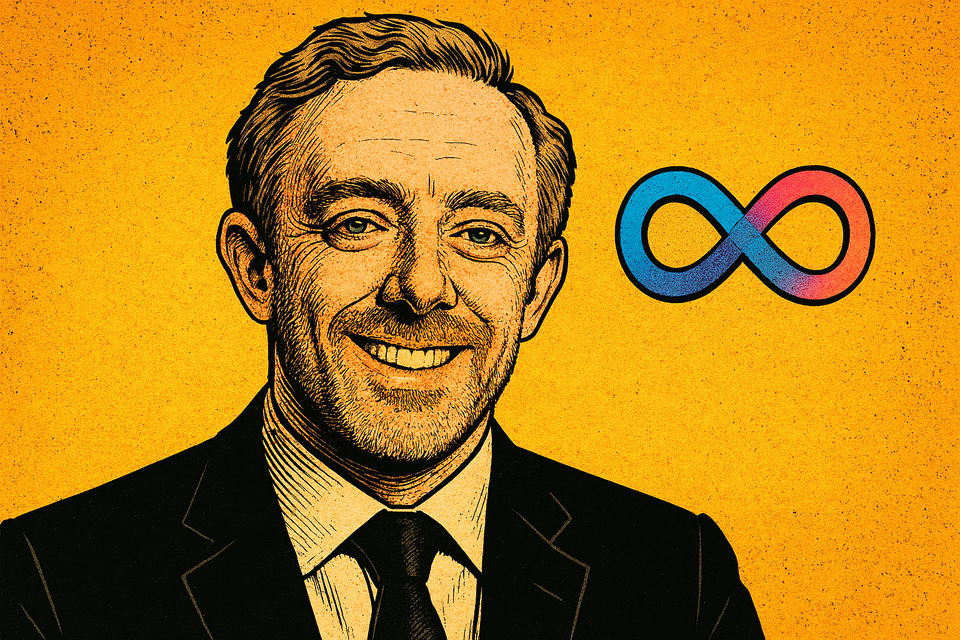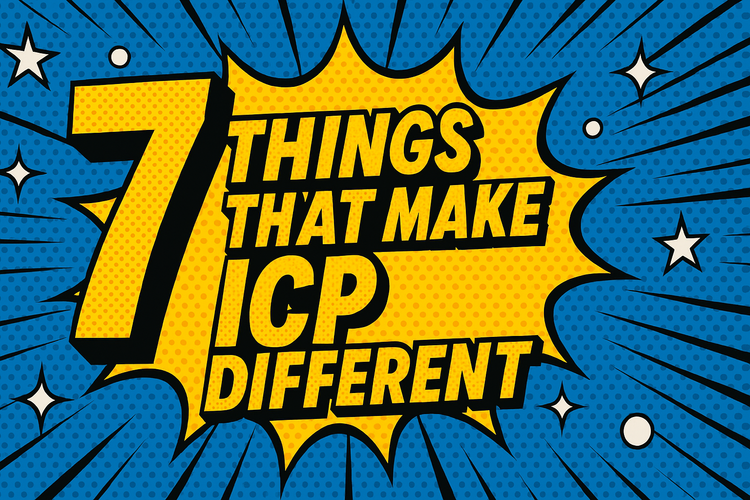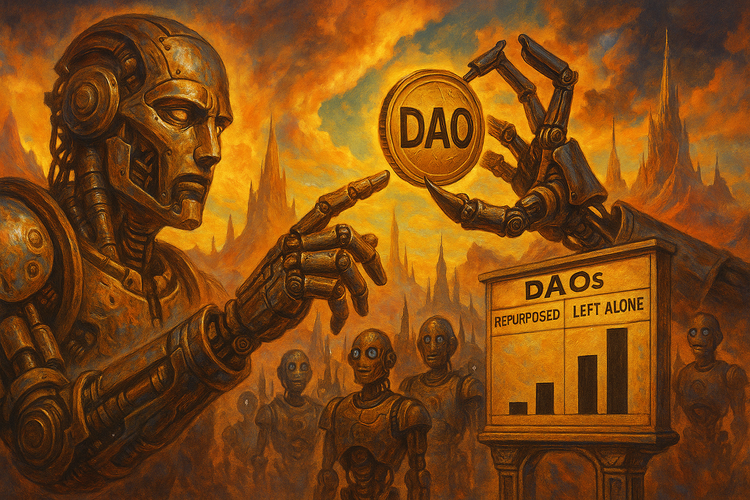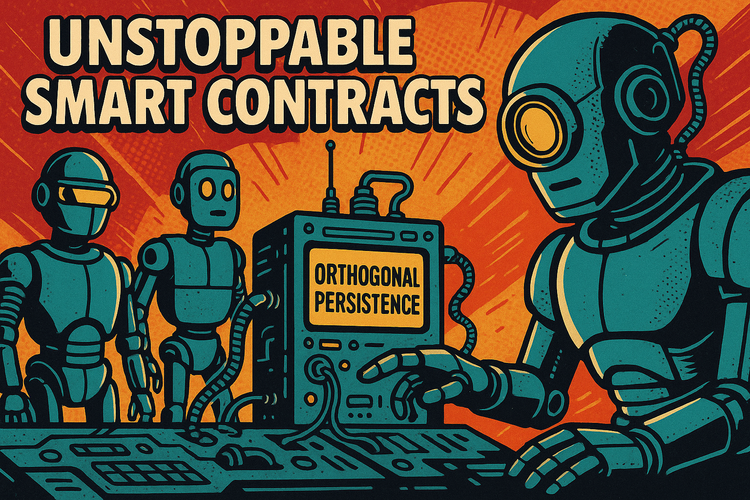From Paper to Power: The Birth of ICP’s Superchain

Back in 2018, long before the Internet Computer (ICP) started doing wild things like running AI models on-chain and plugging into Bitcoin, Dominic Williams dropped a dense, daring document:
“DFINITY Technology Overview Series: Consensus System”
Co-authored with Timo Hanke and Mahnush Movahedi, this paper wasn’t just about consensus — it was a blueprint for building a decentralized world computer.
You know it's serious when a paper sounds like it came from a sci-fi PhD and an indie comic — and somehow delivers both.
🔮 Randomness That’s Actually Random
At the heart of it? A decentralized random beacon, which isn’t just fun to say — it’s what lets the whole machine run like clockwork without central control. This beacon is built using a BLS-based threshold signature scheme that’s unique, deterministic, and DKG-friendly (translation: secure, fast, and doesn’t play favorites).
The randomness powers everything — from selecting block leaders to ensuring the network doesn’t drift into chaos during a split. It’s like if your group project picked the best contributor automatically every round... and no one could cheat.
🧱 Layers of Trust, Literally
The DFINITY consensus design isn’t one of those "good-enough" approaches. It stacks innovation like a DeFi rug pull stacks buzzwords:
- Identity Layer: Pseudonymous, registered clients (bye-bye anonymous miner problems).
- Random Beacon Layer: Unbiasable VRF randomness, every round.
- Blockchain Layer: Probabilistic Slot Protocol (PSP) — yes, it even sounds cool.
- Notary Layer: Near-instant finality with notarization, skipping full Byzantine brawls.
It’s a system where notarization isn’t about voting — it’s about publishing and proving that someone showed up on time. Block tardiness? Not tolerated.
🚀 Threshold Relay: The Trust Game That Scales
To scale to millions of nodes, DFINITY rolls out Threshold Relay, a protocol that lets randomly selected committees take turns operating the beacon and notarization. Think of it like hot potato, but with cryptographic power and no room for butterfingers.
These techniques laid the groundwork for what would become the Internet Computer — a blockchain that can finalize transactions in a few seconds and serve web apps directly from chain. No cloud, no middlemen, just straight-up Web3.
⚡ From Paper to Protocol
It’s easy to look at today’s ICP and forget that it all started with a research paper. But that’s the magic: behind every flashy interface and DAO dashboard lies academic rigor, cryptographic elegance, and a bit of blockchain bravado.
Dominic didn’t just imagine a better blockchain — he and the amazing team gave it a pulse !
🧠 Conclusion: When Others Were Scaling Blocks, DFINITY Was Reprogramming the Whole Internet
So while Ethereum was patching gas leaks with rollups, and Solana was busy overdosing on TPS like it’s crypto’s Red Bull… Dominic and the DFINITY crew were laying down the blueprint for something way bigger: a self-governing, tamper-proof, multi-chain cloud computer run by math and powered by neurons.
This wasn’t just another whitepaper — it was the operating system for Web3, complete with random beacons, blockchain nervous systems, and a vision that didn’t stop at “number go up.”
The game has changed. The world’s waking up to multichain chaos. And DFINITY? It’s been quietly building the machine that might run them all.
As Dominic might say:
"Don't scale your blockchain. Build a smarter one." 🚀🧬
Link to paper: DFINITY Consensus Paper (arXiv)
More on Dominic: @dominic_w on X (Twitter)
Want more crypto x research hot takes?
We got you. Every week. Every Day.
Stay Notoko...
💡 Subscribe to Notoko Bytes for more crypto chaos straight to your inbox! 🚀

Want to feature your brand on Notoko Bytes? 🚀 Contact us at ctrascend@gmail.com for sponsored posts!
Disclaimer
*The information and analysis provided in this article are intended for educational and informational purposes only and should not be considered as financial, investment, or professional advice. While our team strives to ensure the accuracy and reliability of the content, we make no representations or warranties of any kind, express or implied, about the completeness, accuracy, reliability, suitability, or availability of the information presented.
The content within this article may include opinions and forward-looking statements that involve risks and uncertainties. The blockchain and cryptocurrency markets are highly volatile, and past performance is not indicative of future results. Any reliance you place on the information presented is strictly at your own risk. Before making any investment decisions, we highly recommend consulting with a qualified financial advisor or conducting your own thorough research.
By accessing and using the information provided in this article, you acknowledge and agree that neither the authors, publishers, nor any other party involved in the creation or delivery of the content shall be held liable for any direct, indirect, incidental, consequential, or punitive damages, including but not limited to loss of profits, goodwill, or data, arising out of your use or inability to use the information provided or any actions you take based on the information contained within this section.*





